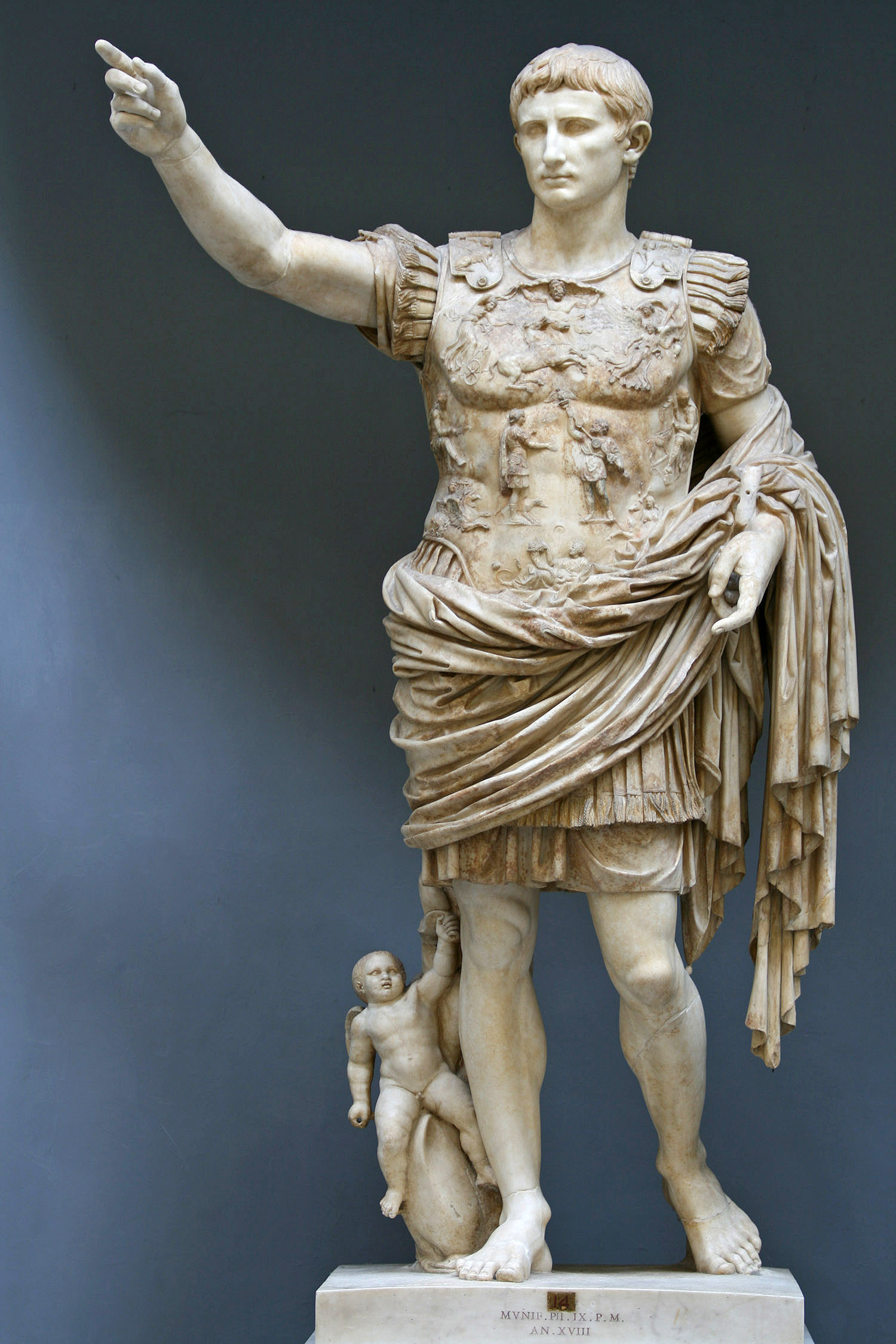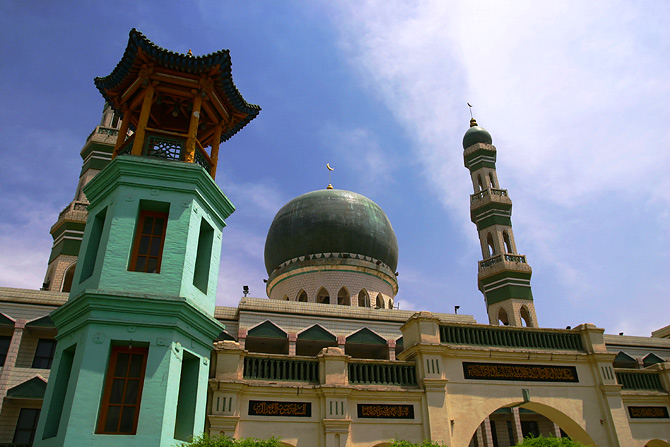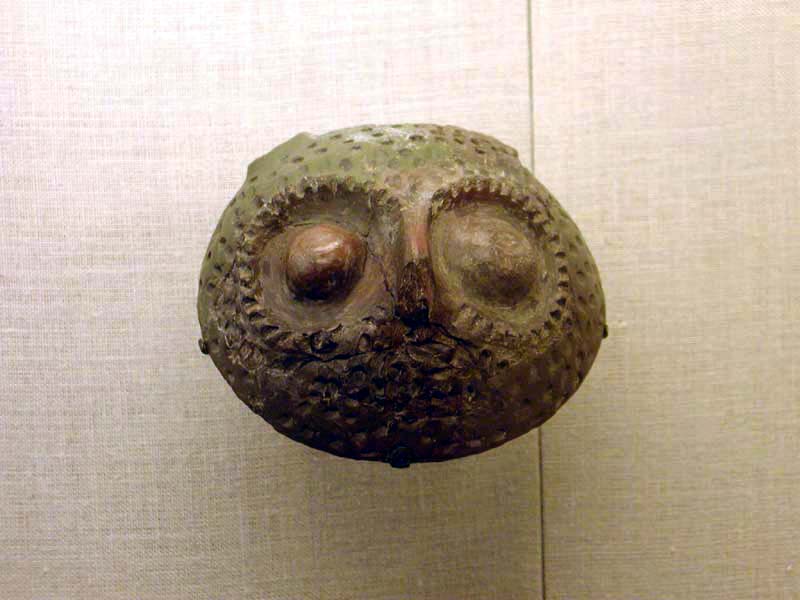|
Empress Zhang (Later Qin)
Empress Zhang (張皇后, personal name unknown) was an empress of the Qiang-led Later Qin dynasty of China. Her husband was Yao Xing Yao Xing (; 366–416), courtesy name Zilüe (子略), formally Emperor Wenhuan of (Later) Qin ((後)秦文桓帝), was an emperor of the Qiang-led Chinese Later Qin dynasty. He was the son of the founding emperor Yao Chang (Emperor Wucheng). F ... (Emperor Wenhuan). Very little is known about Empress Zhang. She was promoted to empress from the imperial consort title ''Zhaoyi'' (昭儀) in 402. No further reference was made to her in history, including when she died or whether she had any children. References , - style="text-align: center;" , - , - , - , - , - style="text-align: center;" , - style="text-align: center;" {{DEFAULTSORT:Zhang, Empress Zhang, Empress Wenhuan ... [...More Info...] [...Related Items...] OR: [Wikipedia] [Google] [Baidu] |
Empress
An emperor (from la, imperator, via fro, empereor) is a monarch, and usually the sovereign ruler of an empire or another type of imperial realm. Empress, the female equivalent, may indicate an emperor's wife ( empress consort), mother ( empress dowager), or a woman who rules in her own right and name ( empress regnant). Emperors are generally recognized to be of the highest monarchic honor and rank, surpassing kings. In Europe, the title of Emperor has been used since the Middle Ages, considered in those times equal or almost equal in dignity to that of Pope due to the latter's position as visible head of the Church and spiritual leader of the Catholic part of Western Europe. The Emperor of Japan is the only currently reigning monarch whose title is translated into English as "Emperor". Both emperors and kings are monarchs or sovereigns, but both emperor and empress are considered the higher monarchical titles. In as much as there is a strict definition of emperor, it is ... [...More Info...] [...Related Items...] OR: [Wikipedia] [Google] [Baidu] |
Empress Wang Shen'ai
Empress Wang Shen'ai (王神愛) (384 – September or October 412), formally Empress Anxi (安僖皇后, literally "the peaceful and careful empress") was an empress of Jin Dynasty (266–420). Her husband was the developmentally disabled Emperor An. Wang Shen'ai was the daughter of the official Wang Xianzhi, the son of the famed official and calligrapher Wang Xizhi. Her mother Princess Xin'an was the daughter of Emperor Jianwen, making her and her husband cousins. In 396, while he was still crown prince under his father Emperor Xiaowu, they married, and she became crown empress. She was 12, and he was 14. As he was described to be so developmentally disabled that he could not speak or dress himself, or express whether he was full or hungry, it was unlikely that their marriage was consummated; in any case, they had no children. Later that year, after Emperor Xiaowu was killed by his concubine Honoured Lady Zhang after humiliating her, Emperor An became emperor. On 3 May 3 ... [...More Info...] [...Related Items...] OR: [Wikipedia] [Google] [Baidu] |
Princess Zhejue
Queen Zhejue (; personal name unknown) was the only historically known queen of the Xianbei-led Chinese Southern Liang dynasty. Her husband was the state's final ruler, Tufa Rutan (Prince Jing). Very little is known about Queen Zhejue, who was likely from the nearby Zhejue tribe, also of Xianbei extraction. She bore Tufa Rutan at least one son, the crown king Tufa Hutai (禿髮虎台). It is not known when she died, and therefore not whether she survived the state's destruction in 414 and her husband's and son's deaths (in 415 and 423, respectively) at the hands of Western Qin's king Qifu Chipan Qifu Chipan (; died 428), formally Prince Wenzhao of (Western) Qin ((西)秦文昭王), was a prince of the Xianbei-led Chinese Western Qin dynasty. During his reign, Western Qin reached its prime after he destroyed and seized the territory of th .... Southern Liang (Sixteen Kingdoms) people Sixteen Kingdoms nobility 5th-century deaths Year of birth unknown {{China- ... [...More Info...] [...Related Items...] OR: [Wikipedia] [Google] [Baidu] |
Later Liang (Sixteen Kingdoms)
The Later Liang (; 386–403) was a state of the Sixteen Kingdoms during the Jin Dynasty (266–420) in China. It was founded by the Lü family of the Di ethnicity. All rulers of the Later Liang proclaimed themselves "Heavenly Prince" (''Tian Wang''). Rulers of the Later Liang Rulers family tree See also *Di (Wu Hu) * List of past Chinese ethnic groups * Wu Hu *Sixteen Kingdoms *Buddhism in China * Kumarajiva * Gansu *Dunhuang Dunhuang () is a county-level city in Northwestern Gansu Province, Western China. According to the 2010 Chinese census, the city has a population of 186,027, though 2019 estimates put the city's population at about 191,800. Dunhuang was a major ... *'' Memoirs of Eminent Monks'' References {{DEFAULTSORT:Liang Dynasties in Chinese history Former countries in Chinese history 386 establishments 4th-century establishments in China 5th-century disestablishments in China ... [...More Info...] [...Related Items...] OR: [Wikipedia] [Google] [Baidu] |
Empress Yang (Lü Long's Wife)
Empress Yang (楊皇后, personal name unknown) was an empress of the Chinese/ Di state Later Liang. Her husband was the last emperor, Lü Long. Very little is known about Empress Yang. She was created empress when Lü Long became emperor in 401, after his brother Lü Chao (呂超) assassinated the emperor Lü Zuan Lü Zuan (; died 401), courtesy name Yongxu (永緒), formally Emperor Ling of (Later) Liang ((後)涼靈帝), was an emperor of the Di-led Later Liang dynasty of China. He was the oldest son of the founding emperor Lü Guang (Emperor Yiwu), bu ... (Emperor Ling). It is not known whether she survived the state's destruction in 403 or her husband's death in 416. , - Yang, Empress {{China-royal-stub ... [...More Info...] [...Related Items...] OR: [Wikipedia] [Google] [Baidu] |
Qinghai
Qinghai (; alternately romanized as Tsinghai, Ch'inghai), also known as Kokonor, is a landlocked province in the northwest of the People's Republic of China. It is the fourth largest province of China by area and has the third smallest population. Its capital and largest city is Xining. Qinghai borders Gansu on the northeast, Xinjiang on the northwest, Sichuan on the southeast and the Tibet Autonomous Region on the southwest. Qinghai province was established in 1928 during the period of the Republic of China, and until 1949 was ruled by Chinese Muslim warlords known as the Ma clique. The Chinese name "Qinghai" is after Qinghai Lake, the largest lake in China. The lake is known as Tso ngon in Tibetan, and as Kokonor Lake in English, derived from the Mongol Oirat name for Qinghai Lake. Both Tso ngon and Kokonor are names found in historic documents to describe the region.Gangchen Khishong, 2001. ''Tibet and Manchu: An Assessment of Tibet-Manchu Relations in Five Phases ... [...More Info...] [...Related Items...] OR: [Wikipedia] [Google] [Baidu] |
Western Qin
The Western Qin (; 385–400, 409–431) was a dynastic state of China ruled by the Xianbei ethnicity during the era of Sixteen Kingdoms. All rulers of the Western Qin declared themselves "''wang''", translatable as either "king" or "prince." They ruled an area corresponding to modern-day southwestern Gansu in Northwest China. Rulers of the Western Qin The family tree of Western Qin rulers See also *Xianbei The Xianbei (; ) were a Proto-Mongolic ancient nomadic people that once resided in the eastern Eurasian steppes in what is today Mongolia, Inner Mongolia, and Northeastern China. They originated from the Donghu people who splintered into t ... * List of past Chinese ethnic groups * Wu Hu References {{DEFAULTSORT:Qin, Western 385 establishments 400 disestablishments States and territories established in the 400s 409 establishments 431 disestablishments Dynasties in Chinese history Former countries in Chinese history 4th-century establishments i ... [...More Info...] [...Related Items...] OR: [Wikipedia] [Google] [Baidu] |
Queen Bian
Queen Bian (; personal name unknown) was an empress of the Xianbei-led Chinese Western Qin dynasty. Her husband was Qifu Gangui (King Wuyuan). Shortly after Qifu Gangui became king in 388, after the death of his brother, the founding king Qifu Guoren (King Xuanlie), he created her empress. Qifu Guoren was not mentioned as having created an empress, but could have. At that point, she was already described of as his wife. However, nothing more is known about her, including whether she was the mother of his eventual successor, his son Qifu Chipan (King Wenzhao). In 394, Qifu Gangui, in a political marriage, married the sister of the Former Qin emperor Fu Deng, the Empress Dongping, as queen, although presumably Empress Fu was deposed and Empress Bian restored after Former Qin's destruction by Later Qin The Later Qin (; 384–417), also known as Yao Qin (), was a state ruled by the Qiang ethnicity of the Sixteen Kingdoms during the Jin dynasty (266–420) in China. The Later Qin ... [...More Info...] [...Related Items...] OR: [Wikipedia] [Google] [Baidu] |
Henan
Henan (; or ; ; alternatively Honan) is a landlocked province of China, in the central part of the country. Henan is often referred to as Zhongyuan or Zhongzhou (), which literally means "central plain" or "midland", although the name is also applied to the entirety of China proper. Henan is a birthplace of Han Chinese civilization, with over 3,200 years of recorded history and remained China's cultural, economic and political center until approximately 1,000 years ago. Henan Province is home to many heritage sites, including the ruins of Shang dynasty capital city Yin and the Shaolin Temple. Four of the Eight Great Ancient Capitals of China, Luoyang, Anyang, Kaifeng and Zhengzhou, are in Henan. The practice of tai chi also began here in Chen Jia Gou Village (Chen style), as did the later Yang and Wu styles. Although the name of the province () means "south of the ellowriver.", approximately a quarter of the province lies north of the Yellow River, also known as th ... [...More Info...] [...Related Items...] OR: [Wikipedia] [Google] [Baidu] |
Jin Dynasty (265-420)
Jin is a toneless pinyin romanization Romanization or romanisation, in linguistics, is the conversion of text from a different writing system to the Roman (Latin) script, or a system for doing so. Methods of romanization include transliteration, for representing written text, an ... of various Chinese names and words. These have also been romanized as Kin and Chin ( Wade–Giles). "Jin" also occurs in Japanese and Korean. It may refer to: States Jìn 晉 * Jin (Chinese state) (晉國), major state of the Zhou dynasty, existing from the 11th century BC to 376 BC * Jin dynasty (266–420) (晉朝), also known as Liang Jin and Sima Jin * Jin (Later Tang precursor) (晉國; 907–923), Five Dynasties and Ten Kingdoms period * Later Jin (Five Dynasties) (後晉; 936–947), Five Dynasties and Ten Kingdoms period Jīn 金 * Jin dynasty (1115–1234) (金朝), also known as the Jurchen Jin * Later Jin (1616–1636) (後金; 1616–1636), precursor of the Qing dynasty Ot ... [...More Info...] [...Related Items...] OR: [Wikipedia] [Google] [Baidu] |
Gansu
Gansu (, ; alternately romanized as Kansu) is a province in Northwest China. Its capital and largest city is Lanzhou, in the southeast part of the province. The seventh-largest administrative district by area at , Gansu lies between the Tibetan and Loess plateaus and borders Mongolia (Govi-Altai Province), Inner Mongolia and Ningxia to the north, Xinjiang and Qinghai to the west, Sichuan to the south and Shaanxi to the east. The Yellow River passes through the southern part of the province. Part of Gansu's territory is located in the Gobi Desert. The Qilian mountains are located in the south of the Province. Gansu has a population of 26 million, ranking 22nd in China. Its population is mostly Han, along with Hui, Dongxiang and Tibetan minorities. The most common language is Mandarin. Gansu is among the poorest administrative divisions in China, ranking 31st, last place, in GDP per capita as of 2019. The State of Qin originated in what is now southeastern ... [...More Info...] [...Related Items...] OR: [Wikipedia] [Google] [Baidu] |
Qiang (historical People)
Qiang () was a name given to various groups of people at different periods in ancient China. The Qiang people are generally thought to have been of Tibeto-Burman origin, though there are other theories. The Tangut people of the Tang, Sung and Yuan dynasties may be of Qiang descent. The modern Qiang people as well as Tibetans may also have been descended in part from the ancient Qiangs. Etymology According to the Han dynasty dictionary ''Shuowen Jiezi'', the Qiang were shepherds, and the Chinese character for Qiang () was thus formed from the characters for "sheep" (羊) and "man" (人), and pronounced like "sheep".Shouwen Original text: 羌:西戎牧羊人也。从人从羊,羊亦聲。 '''' also ... [...More Info...] [...Related Items...] OR: [Wikipedia] [Google] [Baidu] |



